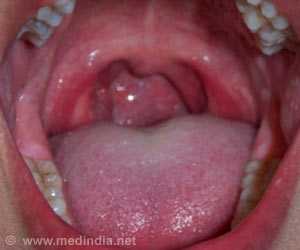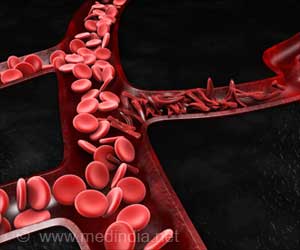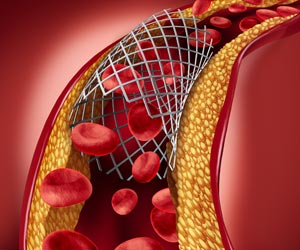Scientists have discovered a way to revert an adult brain to the plastic , child-like state that is more able to form new connections quickly.

The scientists found that interfering with the normal function of the neuron-stability molecule PirB had the remarkable effect of reverting at least one part of the brain to a more malleable state that could easily recover from damage, rewire itself and learn new skills. The study is exciting for not only its therapeutic implications, but also for the emerging field of brain and cognition-enhancing drugs.
The scientists worked in a model animal and disrupted the regular function of a receptor called PirB. The receptor, which is also found in humans, was removed from the visual cortex specifically by either acute shut-down of its gene using genetic engineering tools or repression of its function with a drug. When the animals were forced to use one eye (thus mimicking "amblyopia", or "lazy eye" in common parlance), the neural circuits of the visual centers of the brain rewired better to the remaining good eye compared to animals for which the PirB molecule was not suppressed. The results held true in the adult animal, not just during the critical development period when the brain is naturally extremely plastic.
Scientists have found that amyloid beta, a protein that is highly abundant in brains of patients with Alzheimers, binds to the LilrB2 protein. In animal experiments the binding leads to loss of synaptic plasticity.
The study was published on Science Translational Medicine.
Source-ANI















